Quick Connections
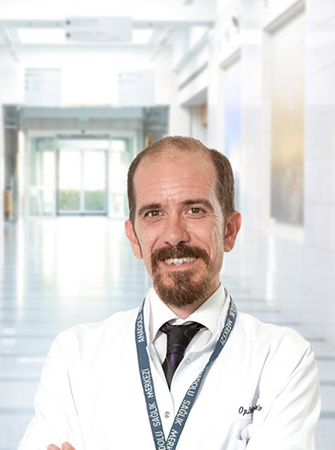
Davud Yasmin
He has been working as an orthopedist and traumatologist for Anadolu Medical Center since 2011.
Speciality
- Orthopedic Trauma Surgery
- Adult Reconstruction and Arthroplasty
- Upper Extremity Surgery
Education
University
İstanbul University, Medical Faculty, İstanbul, 1999
Specialty Education
Kartal Training and Research Hospital, İstanbul, 2005
Institutions Worked At
Surg. Dr. Davud Yasmin who is married and has a daughter completed his specialty education in Medical Faculty of İstanbul University in 1999. He completed his specialty education in orthopedics and traumatology in Kartal Training and Research Hospital in 2005. Following his military service, he worked as an orthopedist and traumatologist in several special health institutions in İstanbul. Recruited by Anadolu Medical Center in 2011, Surg. Dr. Yasmin still works as an orthopedist and traumatologist since.
-
Turkish Society of Orthopedics and Traumatology, İstanbul
- PEV, Ponseti Method Usage
- İlizarov
- 6 international publications
- 1 international oral presentation
- 7 national publications
- 6 national oral presentations
- 7 national poster presentation
Areas of Interest
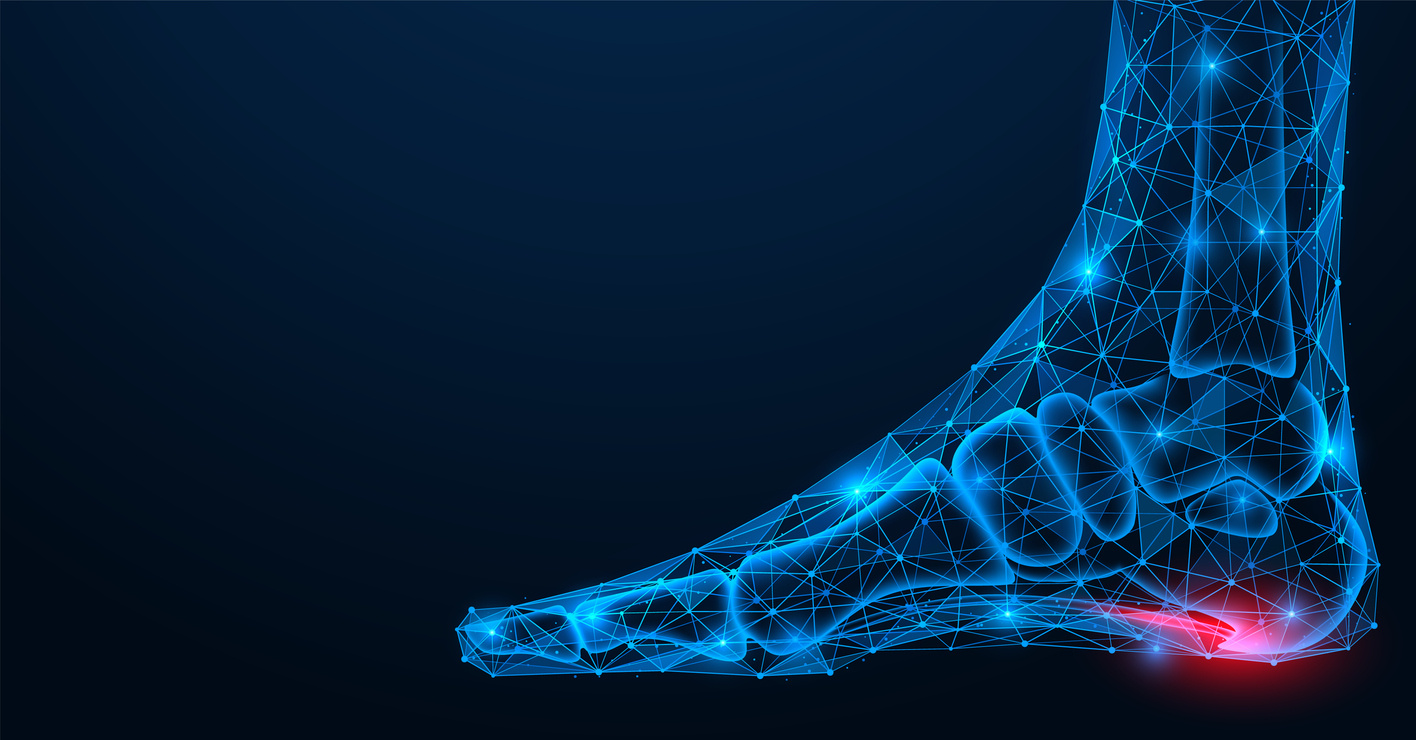
Heel spurs are bony growths that develop due to calcium deposits under the heel bone in your foot. Discomfort can occur when the ligament that connects the heel bone to the bones in the toes (plantar fascia) becomes inflamed. Most people don't realize they have a problem until they seek help, as there are no visible or tangible symptoms when heel pain begins. Doctors may not prioritize surgical intervention initially. Instead, they recommend non-surgical treatments to alleviate heel symptoms. Treatment options include using special shoes that support the arch, cushions or pads that provide support under the heel, applying ice to reduce pain, performing stretching and strengthening exercises, taking anti-inflammatory medications to reduce pain, and physical therapy if necessary.
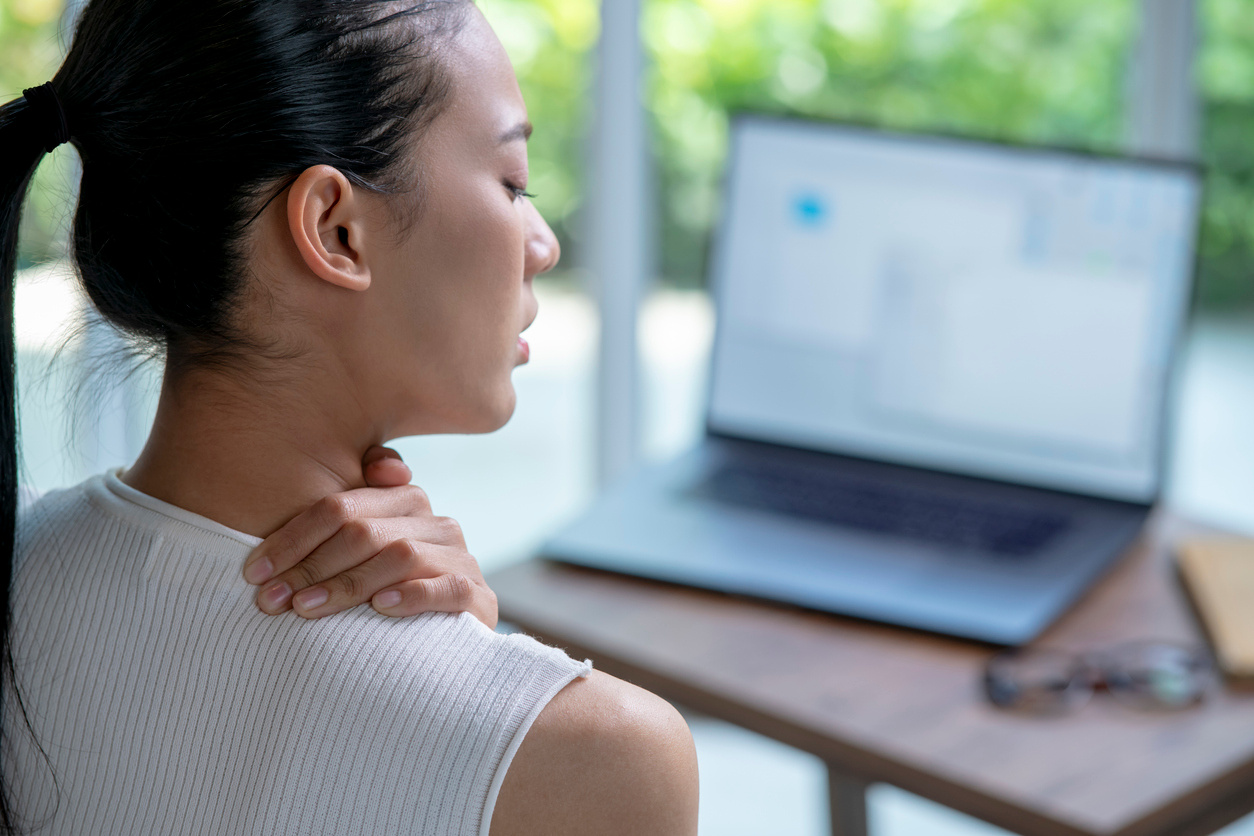
Neck pain is an uncomfortable condition felt in the area from the top of the head to between the shoulders. Known as cervicalgia in medical terms, neck pain can persist for varying durations, ranging from days to years, depending on the underlying causes. Many different conditions can cause neck pain, including physical strain, poor posture habits, muscle tension due to stress, osteoarthritis, spinal stenosis, herniated discs, and nerve compression. The severity of neck pain can vary from mild discomfort to serious health issues. There are various ways to relieve neck pain. Adopting proper posture habits, engaging in regular exercise, performing movements that strengthen the neck muscles, applying stress-reducing techniques, and opting for ergonomic work environments can be effective in alleviating neck pain.

Back pain is a common type of backache. Individuals may experience painful aching or cramping sensations. This condition often arises after sudden and rapid movements or due to factors like excessive strain and lifting heavy weights. There can be many different causes for this discomfort. For instance, excessive pressure on the lower back due to sudden and incorrect movements can lead to muscle and ligament strain, resulting in spasms. Chronic back issues such as muscle weakness, poor posture habits, obesity, disc herniation, and slipped discs can also contribute to the development of this discomfort. Trauma, stress, muscle injuries, or certain medical conditions may also be among the triggers. Back pain can cause sudden and intense pain and may require emergency medical intervention. Following initial treatment, home remedies such as ice and heat, under the supervision of a doctor, as well as muscle relaxants, massages, stretching exercises, and physical activity can be helpful. This condition can sometimes indicate a serious underlying issue.
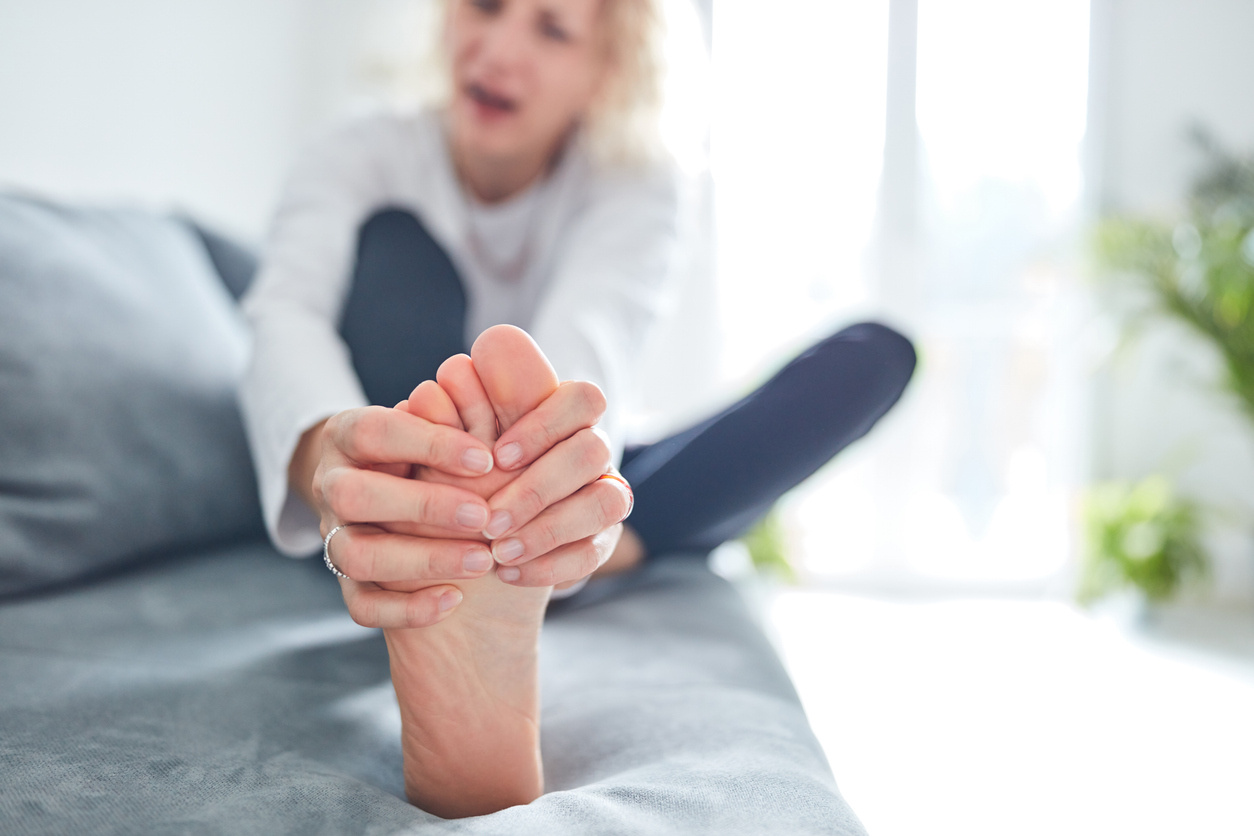
Foot swelling typically occurs due to excess fluid accumulation in the body or circulation issues, often seen in the feet and ankles. It can be uncomfortable and may restrict daily activities. Foot swelling can occur in anyone, particularly affecting pregnant individuals and adults aged 65 and older. Swelling can happen in both feet or may be unilateral. Treatment includes lifestyle changes such as diet and exercise. In some cases, swelling may indicate a more serious underlying health issue. If foot swelling arises as a symptom of a serious medical condition, treatment may be planned by a doctor based on the underlying cause.
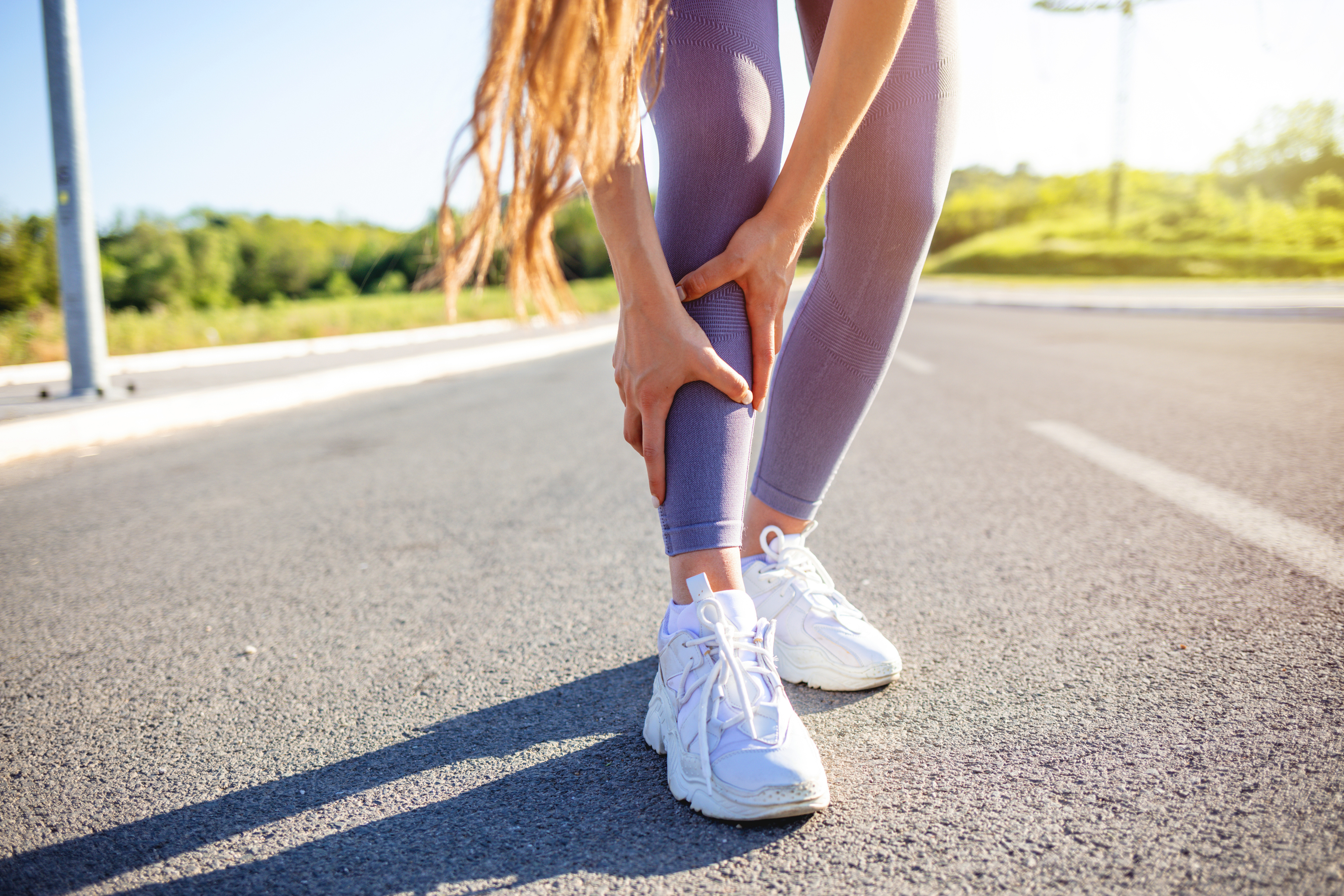
Leg pain is a common complaint, and in some cases, it may not be possible to directly identify the actual source of the pain. While it is generally thought that leg pain arises from a history of injury or trauma, there may not always be specific circumstances, such as falls or accidents, associated with various leg pains. Leg pain caused by various health problems, primarily arthritis (joint inflammation), can worsen if not appropriately diagnosed and treated, potentially impairing the individual's quality of life. The term "leg pain" is typically used to describe pain that develops in the body areas between the groin and the feet. This issue can develop chronically (long-term) or acutely (suddenly). For more information on other related topics you may be curious about regarding this problem, please continue reading.
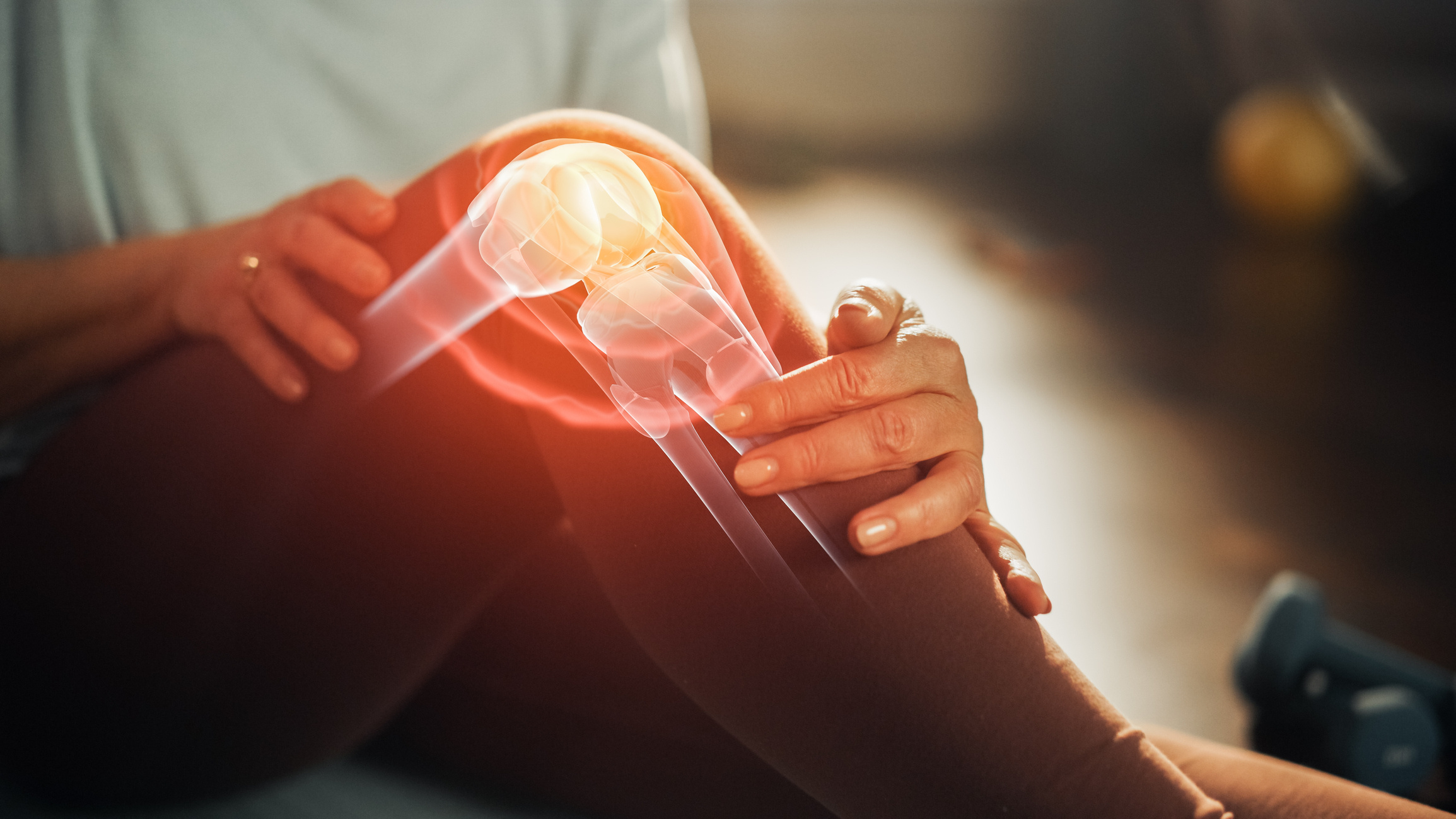
Osteoarthritis refers to a degenerative condition of the joints. This condition, often associated with aging, arises from the gradual wear and loss of joint cartilage over time. Osteoarthritis can commonly occur in various parts of the body, including the knees, hips, hands, and spine. Factors such as advancing age, genetic predisposition, obesity, joint injuries, and overall joint health can significantly increase the risk of developing osteoarthritis.

Knee pain is a problem that can occur in individuals of all ages, but in some cases, it can significantly hinder daily life. Initially, there are methods that can be applied at home for knee pain. If knee pain persists for a long time, it is recommended to consult a specialist doctor.

Neck stiffness and pain can negatively affect daily activities. This condition, commonly known as "neck stiffness," may occur due to muscle tension, overuse, or poor posture. Symptoms manifest as stiffness, pain, and limited mobility in the neck area. Although it tends to improve on its own within a few days, it is important to seek professional medical help if symptoms become persistent or worsen.
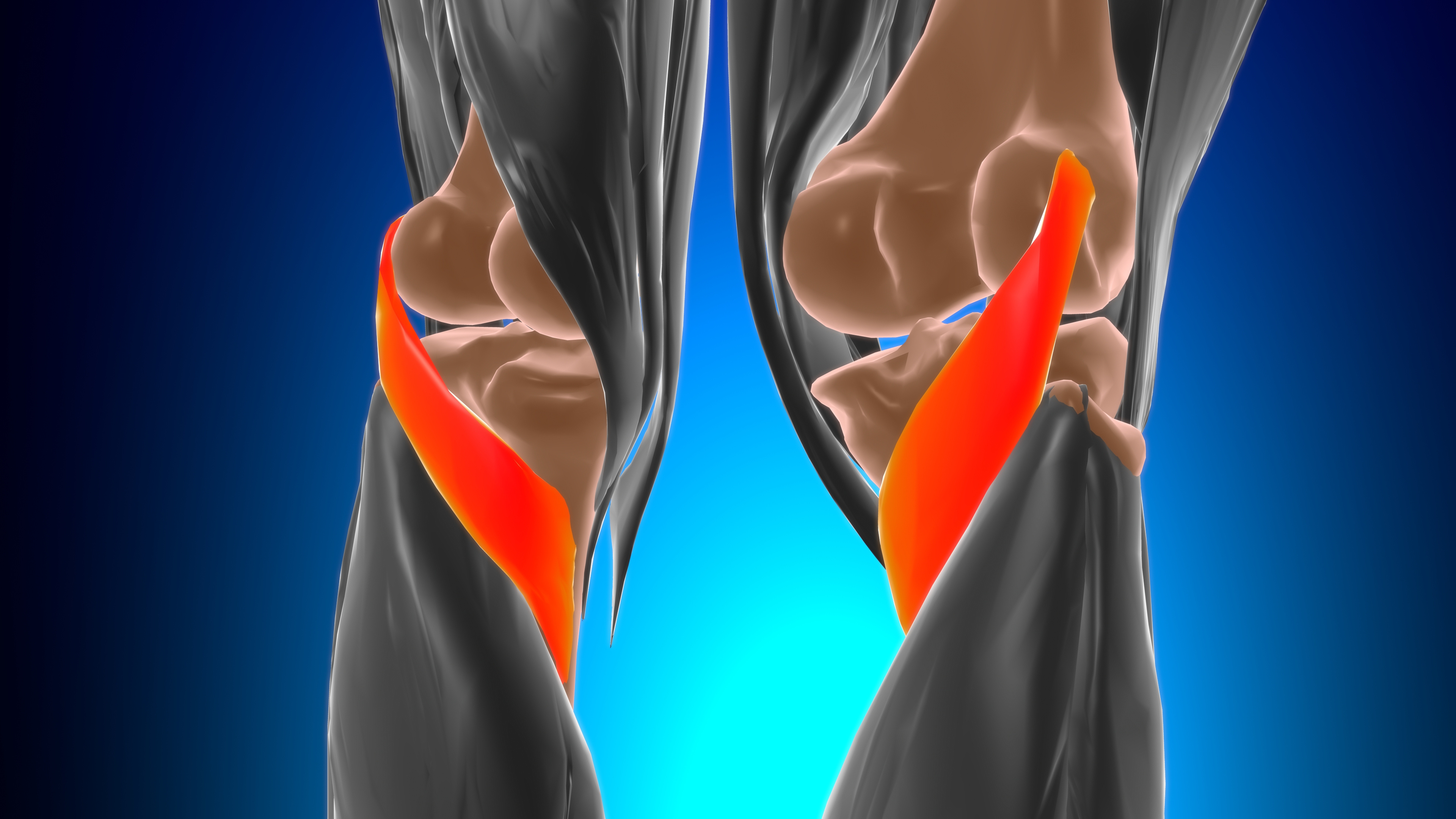
The anterior cruciate ligament (ACL) is a connective tissue that helps to connect the femur (thigh bone) to the tibia (shin bone). Anterior cruciate ligament tear is a condition characterized by the tearing or rupture of this connective tissue. Such injuries commonly occur in sports activities that involve sudden stops, changes in direction, jumping, and landing, such as football and basketball. Symptoms can include swelling in the knee, a feeling of instability, and severe pain. Depending on the severity of the injury, treatment methods may include surgery to repair the torn ligament, followed by rehabilitation, physical therapy, and rehabilitation exercises.
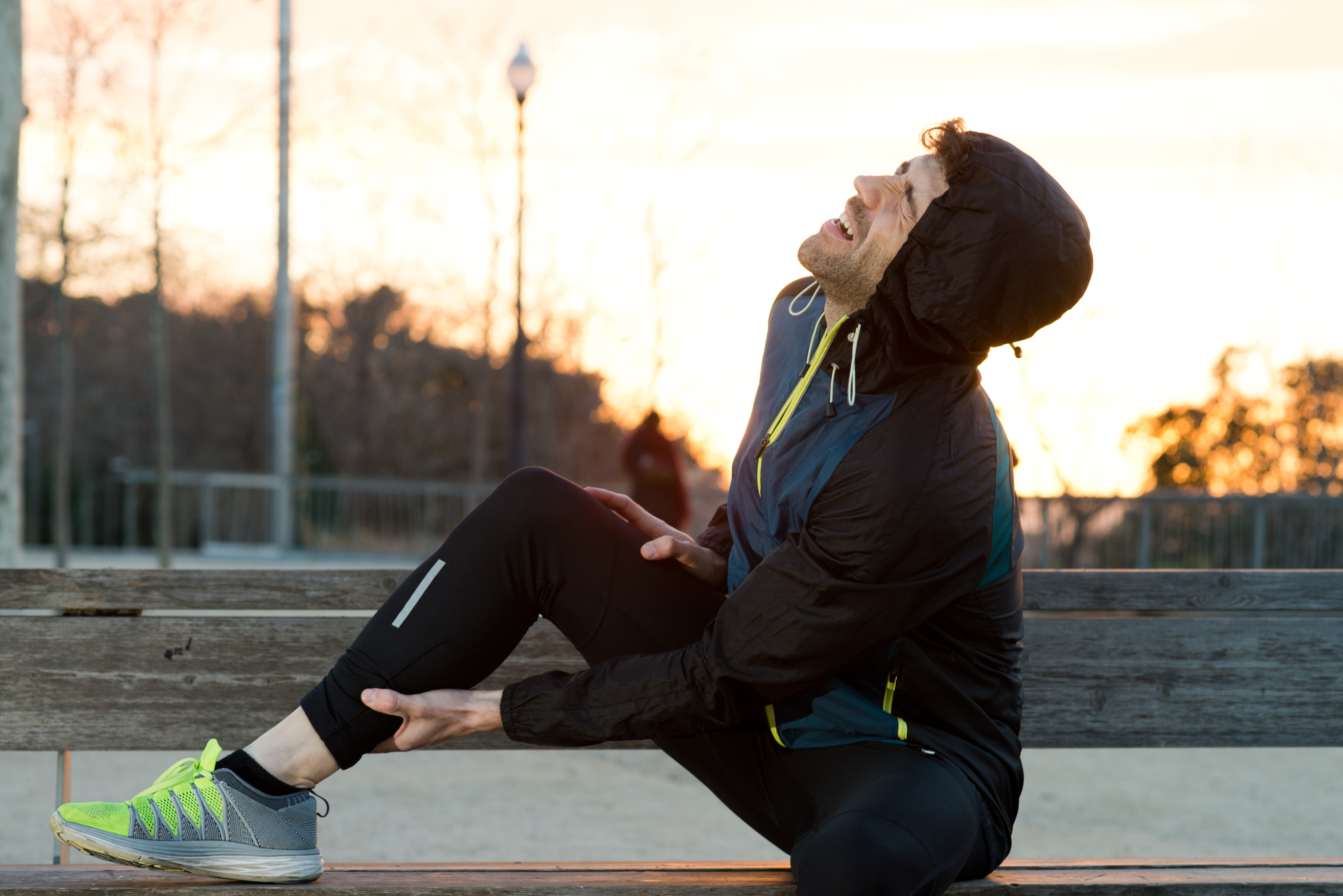
A muscle tear is a type of injury that typically occurs due to excessive physical activity, sudden movements, or inadequate warm-up. Muscle tears are commonly seen among athletes and individuals engaged in intense and heavy physical activities who are subjected to sudden movements. Symptoms may include pain in the affected area, tenderness to the touch, swelling, and sometimes bruising. A muscle tear results from micro-damage occurring in the muscle fibers. Treatment methods primarily involve rest, ice application, compression, elevation, pain management, and physical therapy. These methods can help accelerate the recovery process and prevent re-injury. However, in cases of severe muscle tears, surgical intervention and a rehabilitation program may be necessary as determined by a doctor. Early intervention in muscle tear treatment can expedite the process of returning to normal activities and reduce the risk of long-term complications.
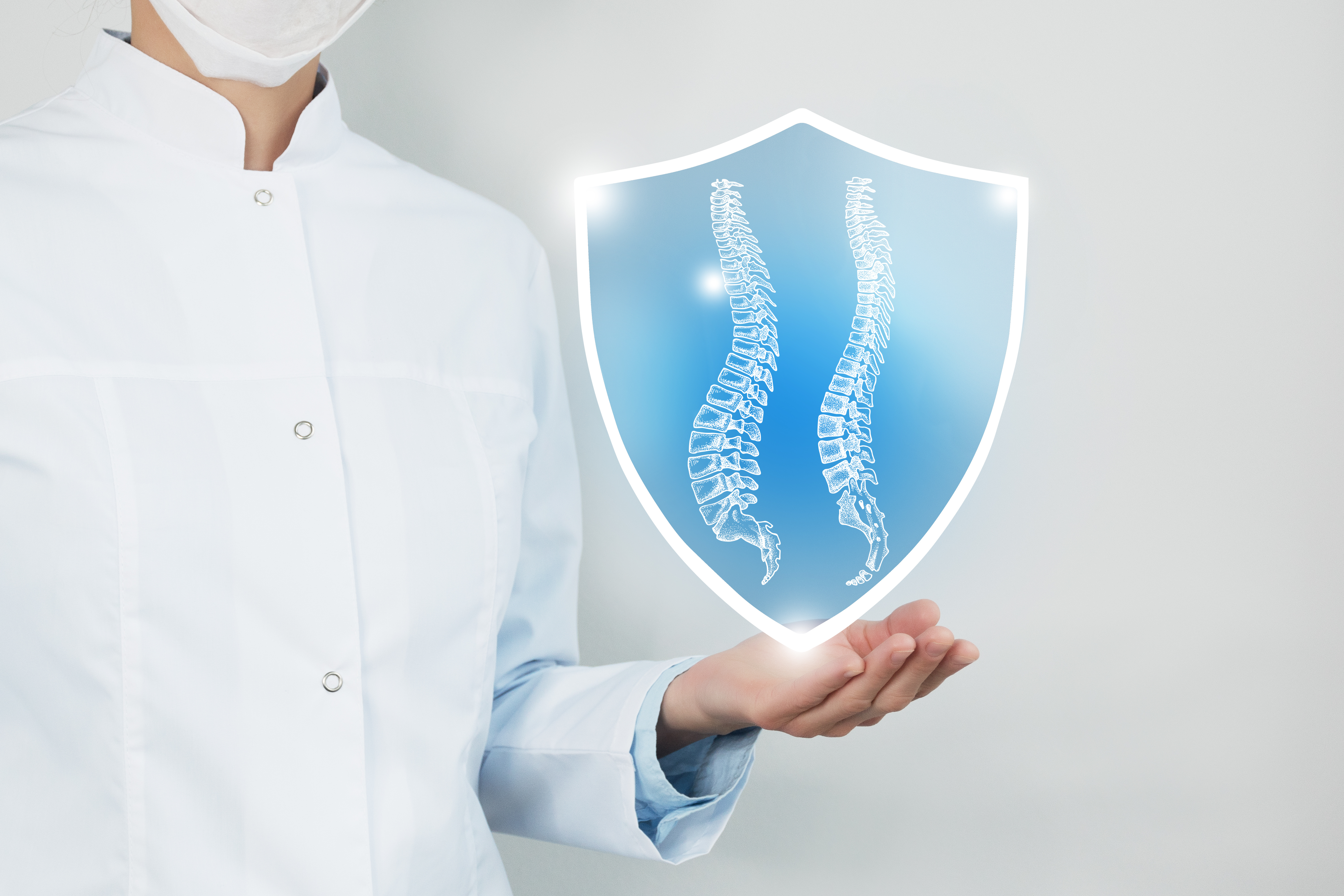
Osteogenesis imperfecta, commonly known as brittle bone disease, is a disorder caused by a defect in collagen production. Collagen is an essential protein that helps hold the body structures together. This protein has many types, with type 1 collagen being the most abundant form in the body. Type 1 collagen is found in the structure of bones, the white part of the eye, ligaments, and teeth. In osteogenesis imperfecta, there is a defect in the production of type 1 collagen. You can follow the rest of the article for more information on other topics related to osteogenesis imperfecta.
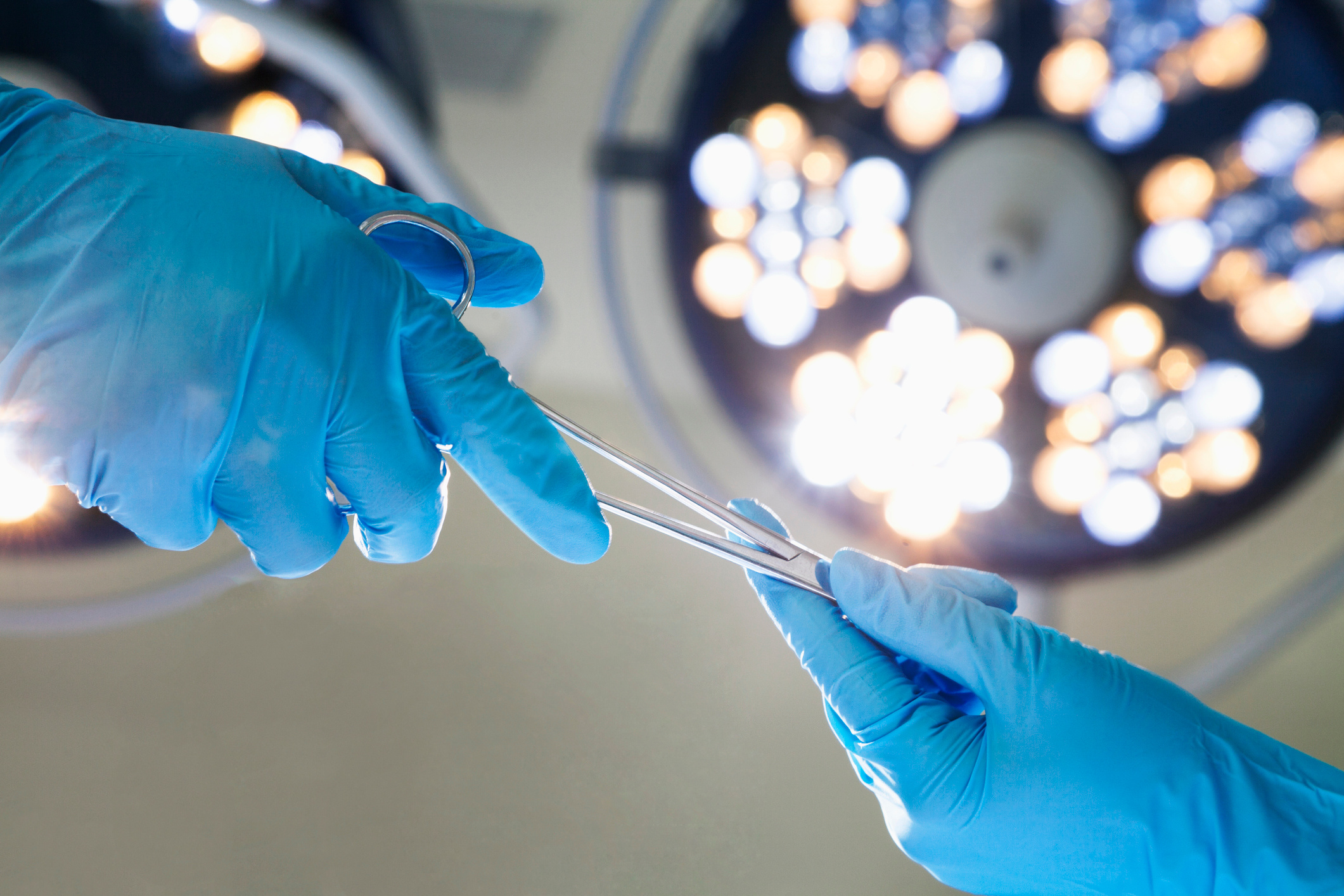
Hand surgery is a surgical specialty that aims to treat disorders of the hand and wrist. This field requires significant expertise due to the complexity and importance of the hands. Hand surgery addresses injuries to the hands, degenerative diseases, congenital abnormalities, and other medical issues.
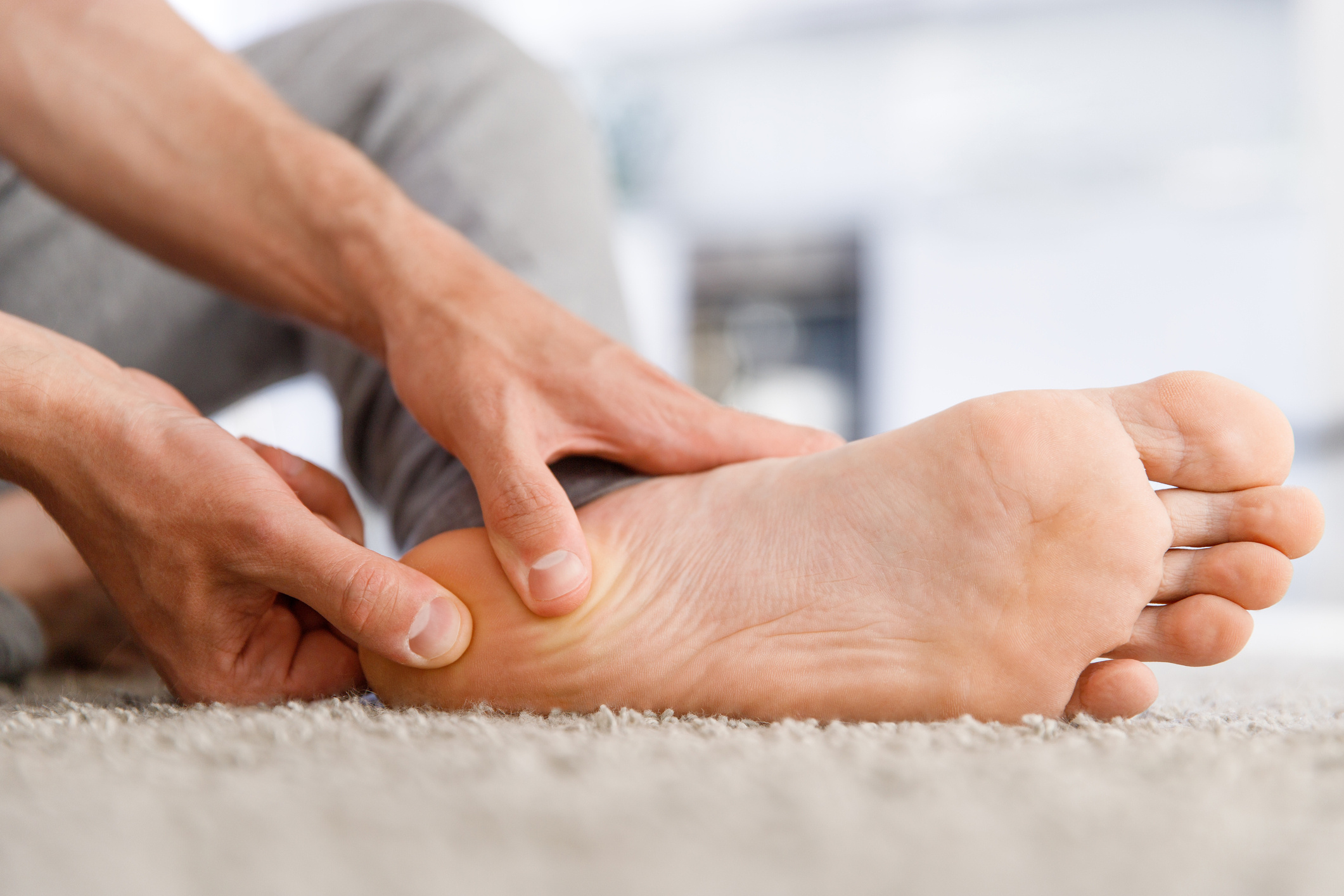
Heel spurs are a common health issue in the general population.

Tennis elbow refers to pain that occurs where the tendons of the forearm muscles attach to the bone on the outer side of the elbow.
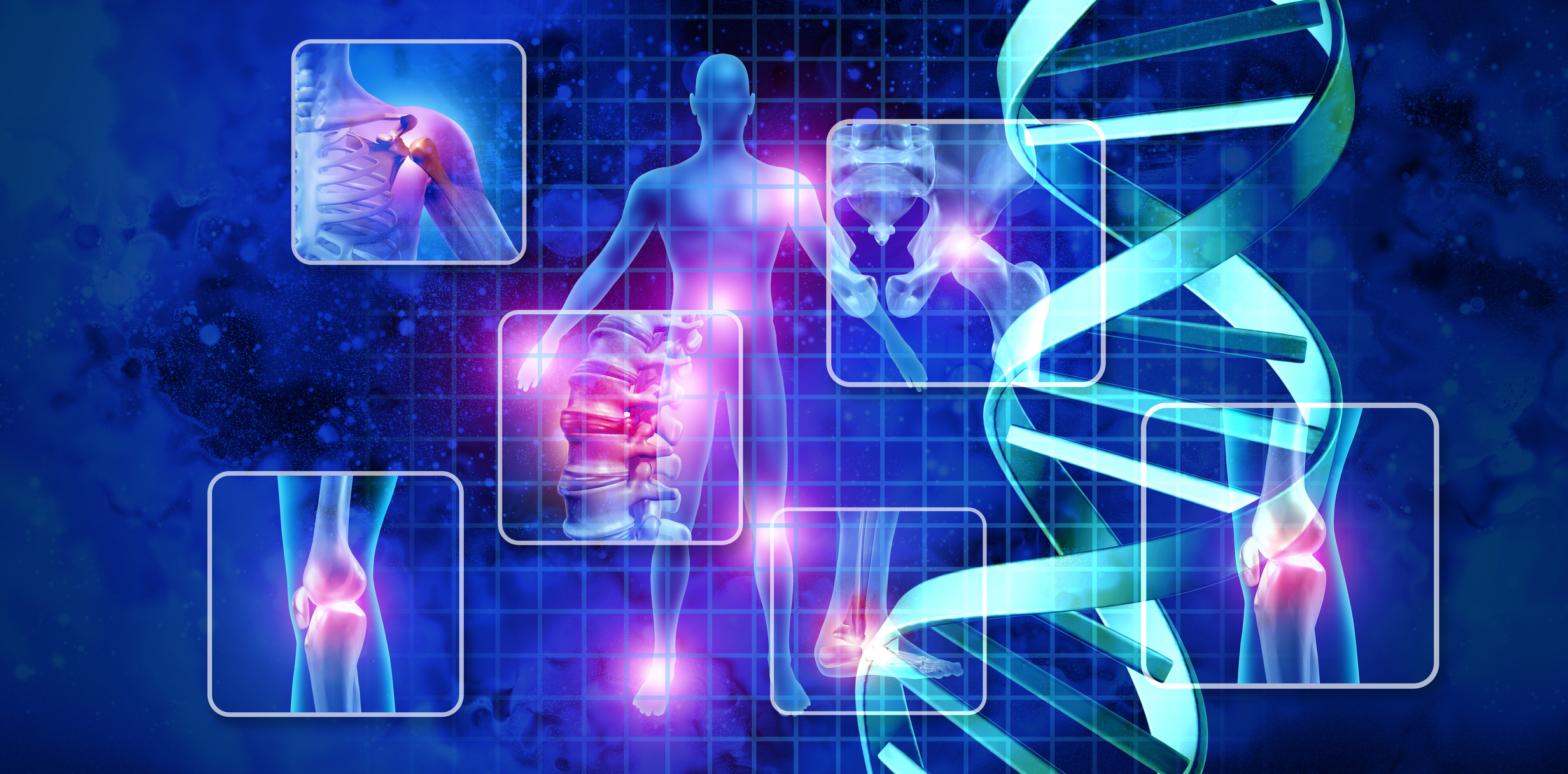
Orthopedics and traumatology is a branch of medicine with a history that dates back many years, which has made significant advancements alongside the development of modern medicine.
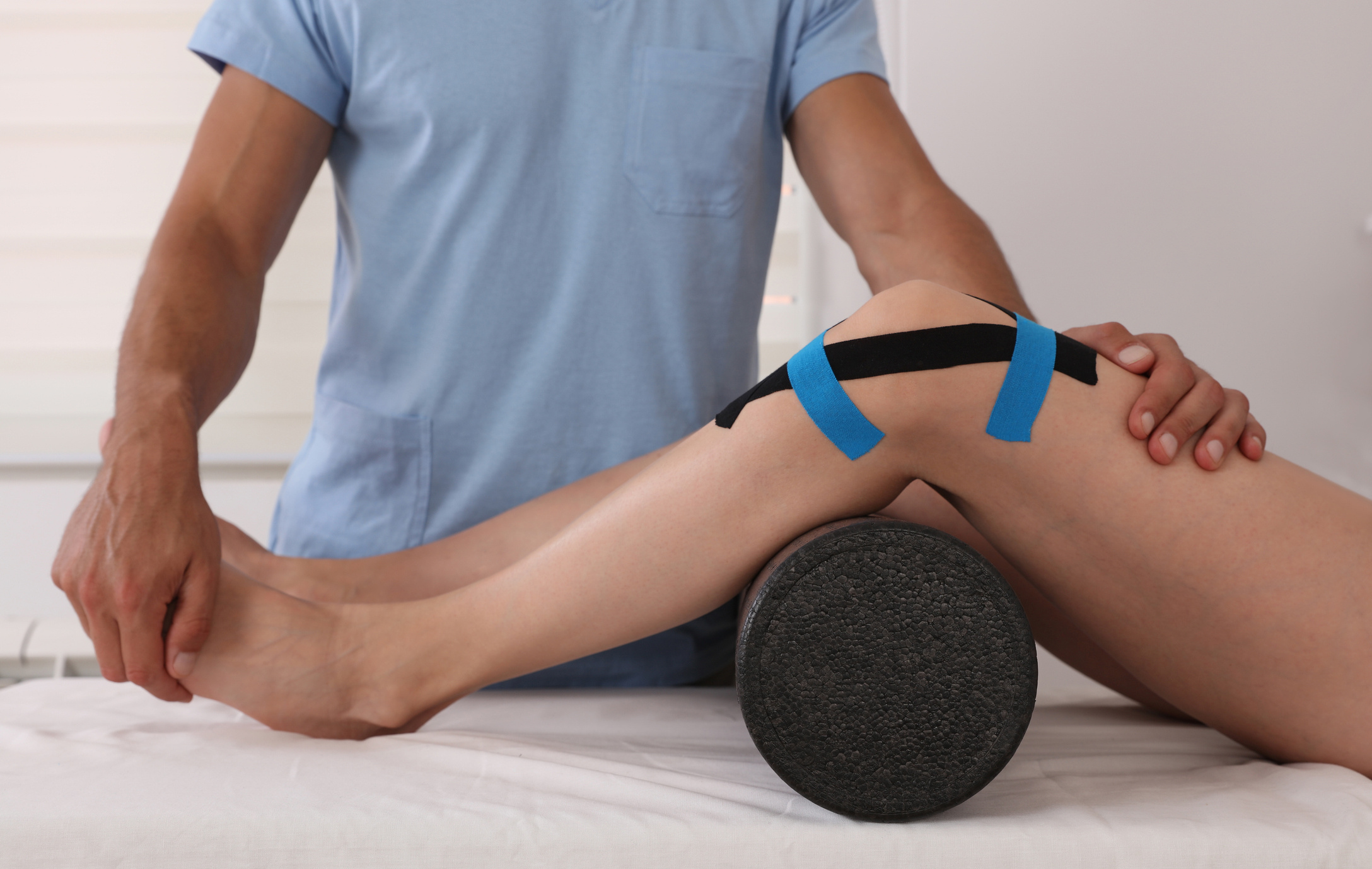
As with most knee injuries, it is common to experience severe pain or weakness in the case of a meniscus tear.
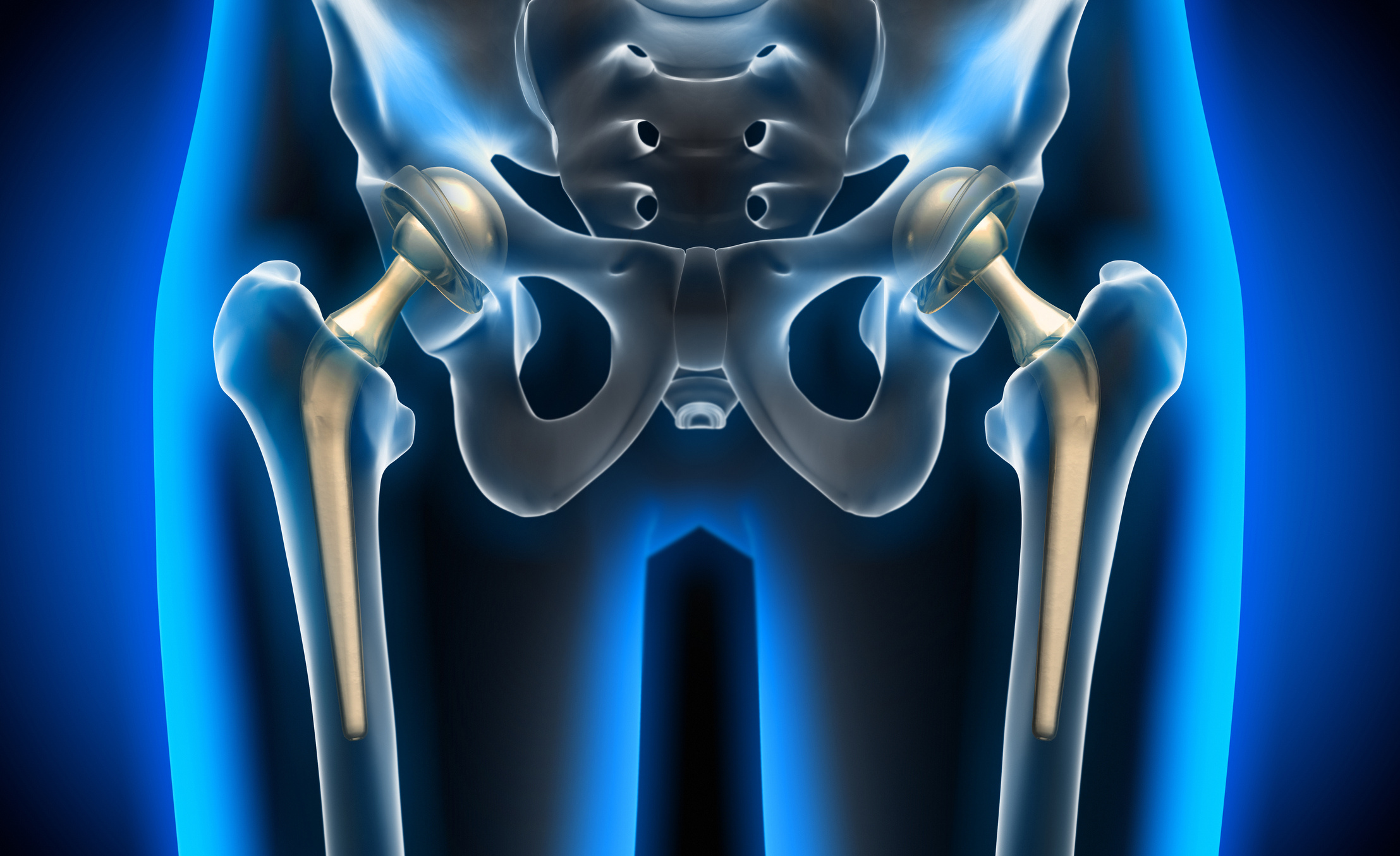
Hip prosthesis surgery, also known as hip arthroplasty, is the procedure of replacing the damaged or worn parts of the hip joint with an artificial implant.
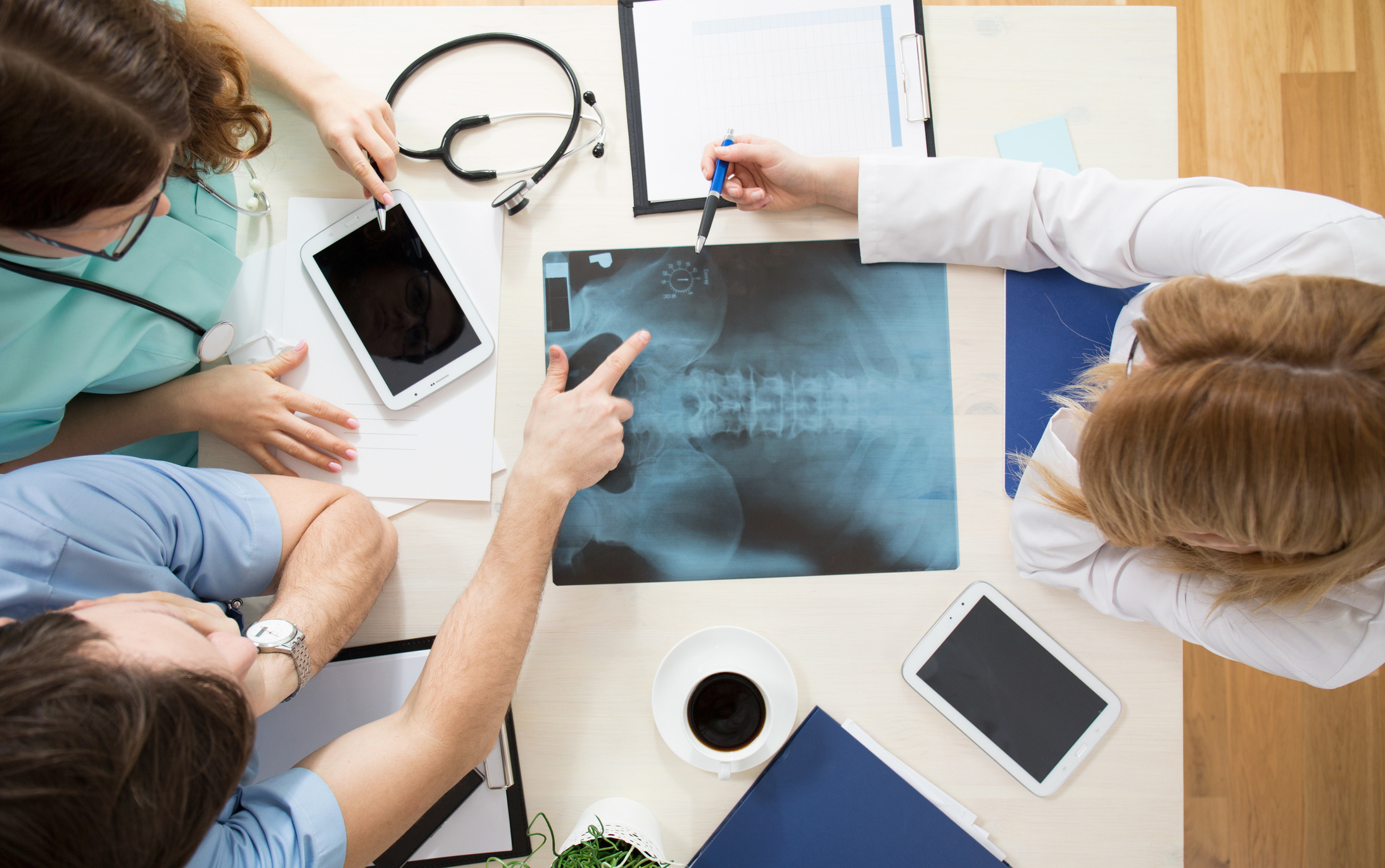
With aging, the weakening of bones, along with problems related to balance and vision, increases the risk of hip fractures due to falls.

Hallux valgus, commonly known as a bunion, is a condition that typically appears in middle age and is characterized by the inward turning of the big toe. As the big toe turns inward, the metatarsal bone of that toe also rotates outward, resulting in a deformity of the foot. This outward rotation can cause pain in the foot and discomfort inside shoes. In addition to the pain caused by shoes, as the condition progresses, patients may also experience pain and discomfort while walking due to hallux valgus. There may also be swelling and inflammation around the big toe due to fluid accumulation and circulation problems. Inability to properly place weight on the sole of the foot can lead to postural issues and the formation of calluses, resulting in a series of complications.
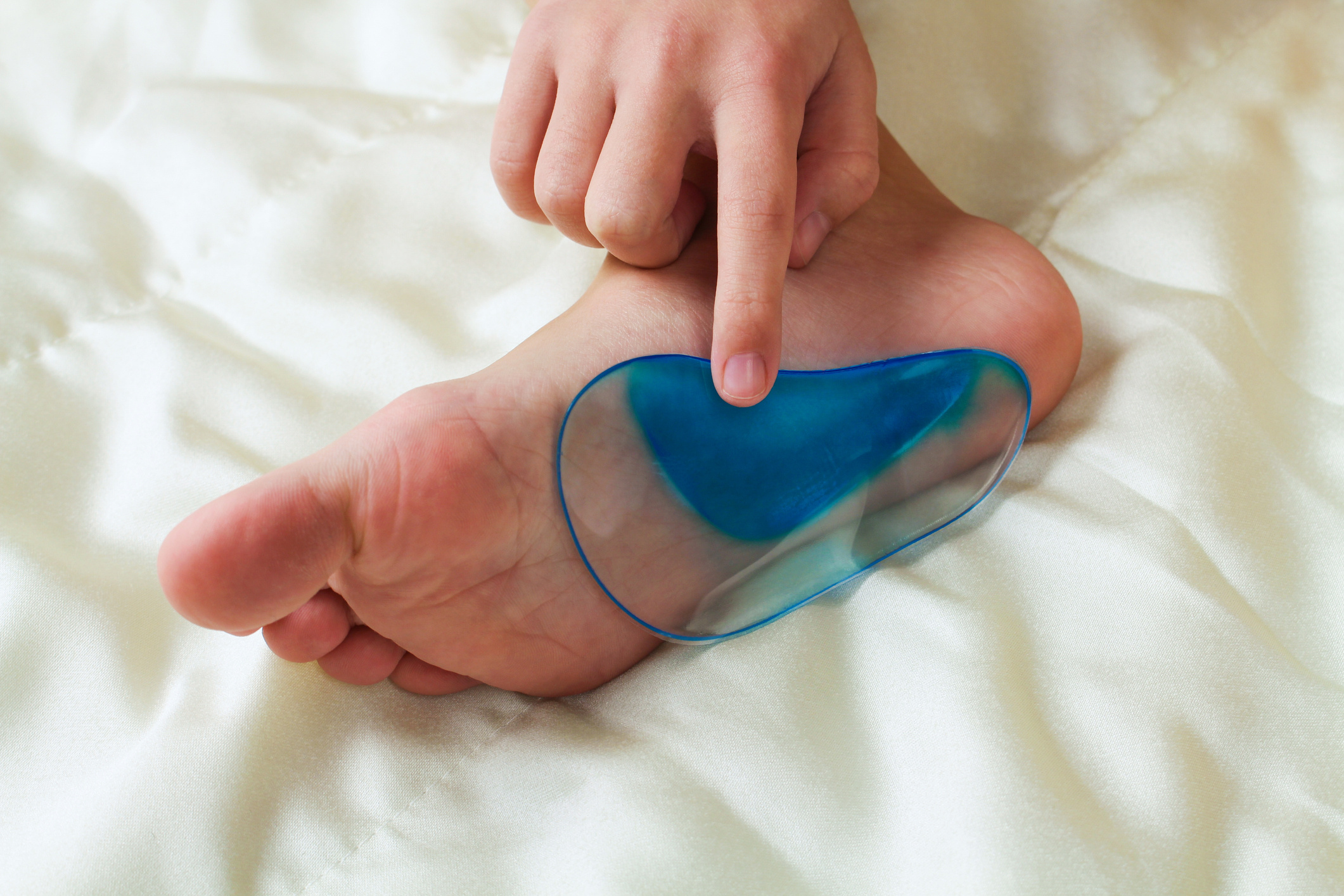
Individuals with flatfoot have very low arches or no arches at all. This means that one or both feet can make complete contact with the ground.
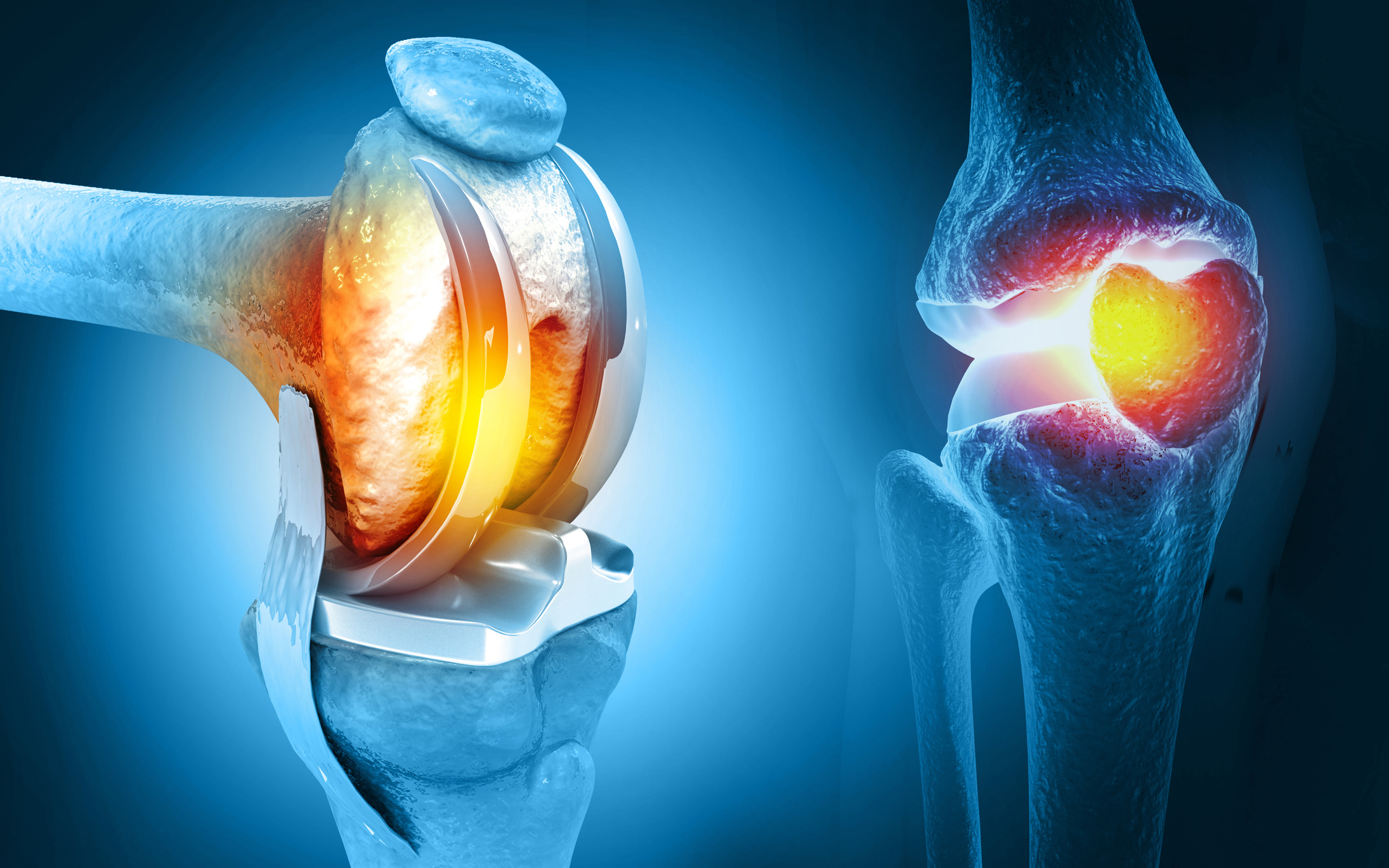
A knee prosthesis is a surgical procedure that can be applied to individuals with restricted joint movement due to various problems, aimed at improving the person's quality of life.

Humans are beings that are constantly developing and changing. They grow, develop, and differentiate through different stages of development from infancy to childhood. Each stage has its own unique parameters for growth and development. From infancy, basic needs such as nutrition and shelter must be met by parents. Meeting these basic needs during a child's growth and development ensures that they go through their current stage healthily and that the characteristics of the next stage of development are age-appropriate.

Back pain ranks second globally after headaches, significantly reducing the quality of life for those who work at desks.
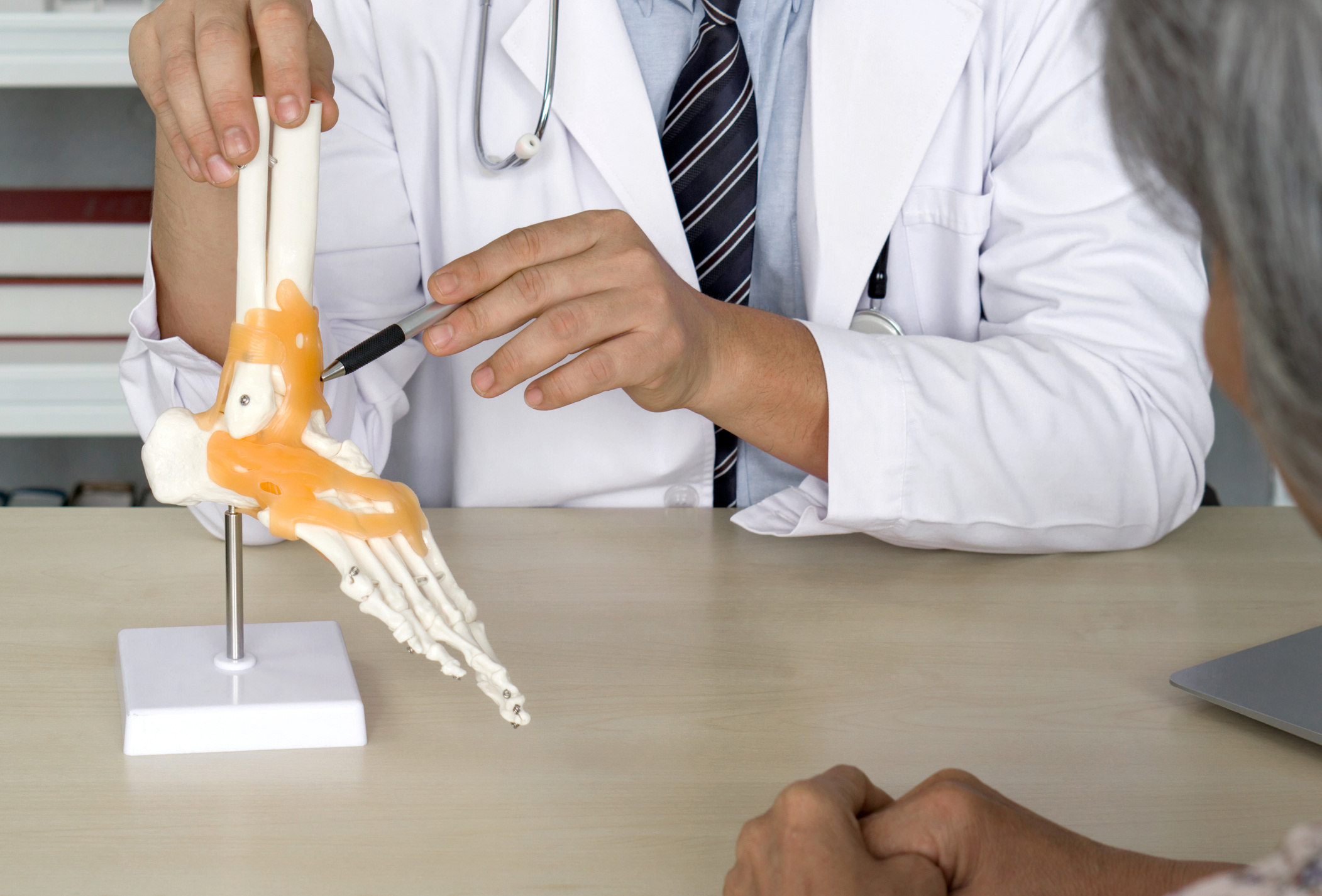
Feet and ankles are among the body parts that bear the entire weight of the body and are most exposed to impacts throughout the day.
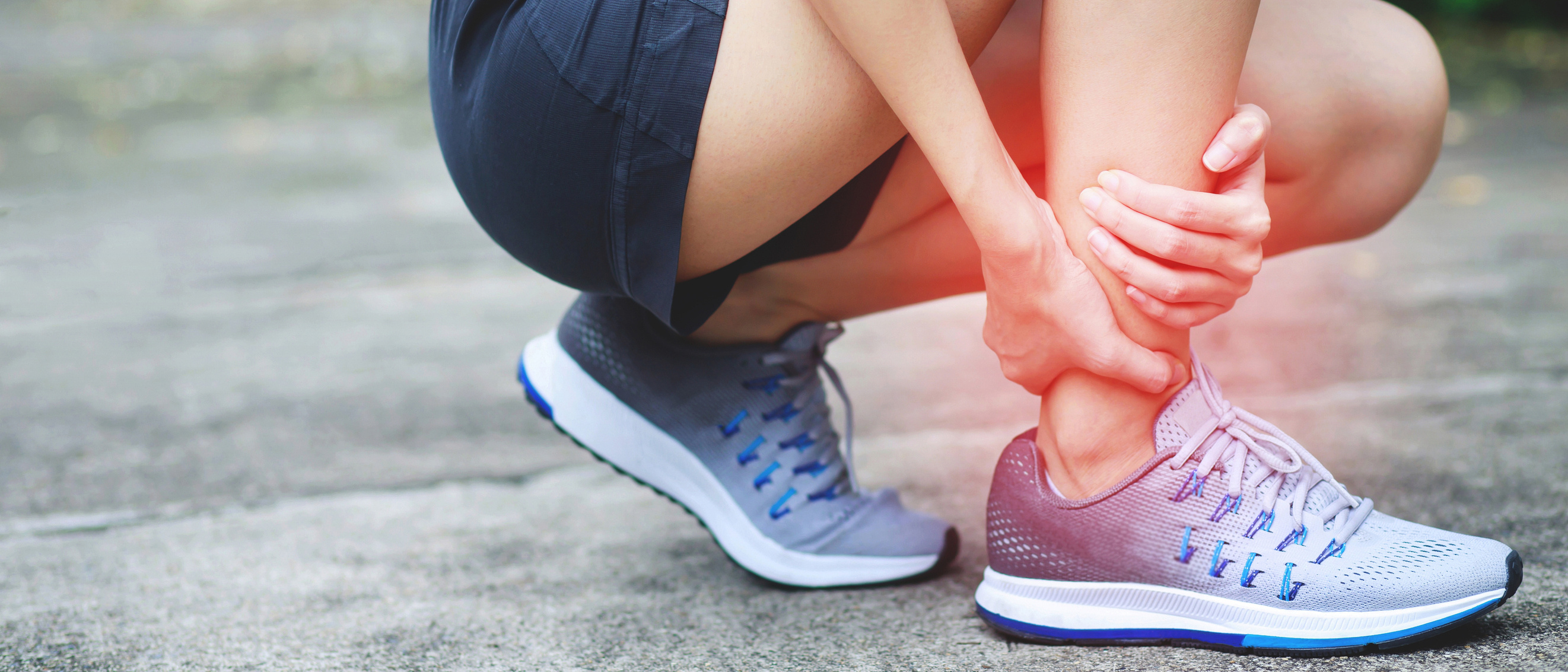
The foot is a structure composed of thirty-three joints and contains numerous ligaments connected to these joints.
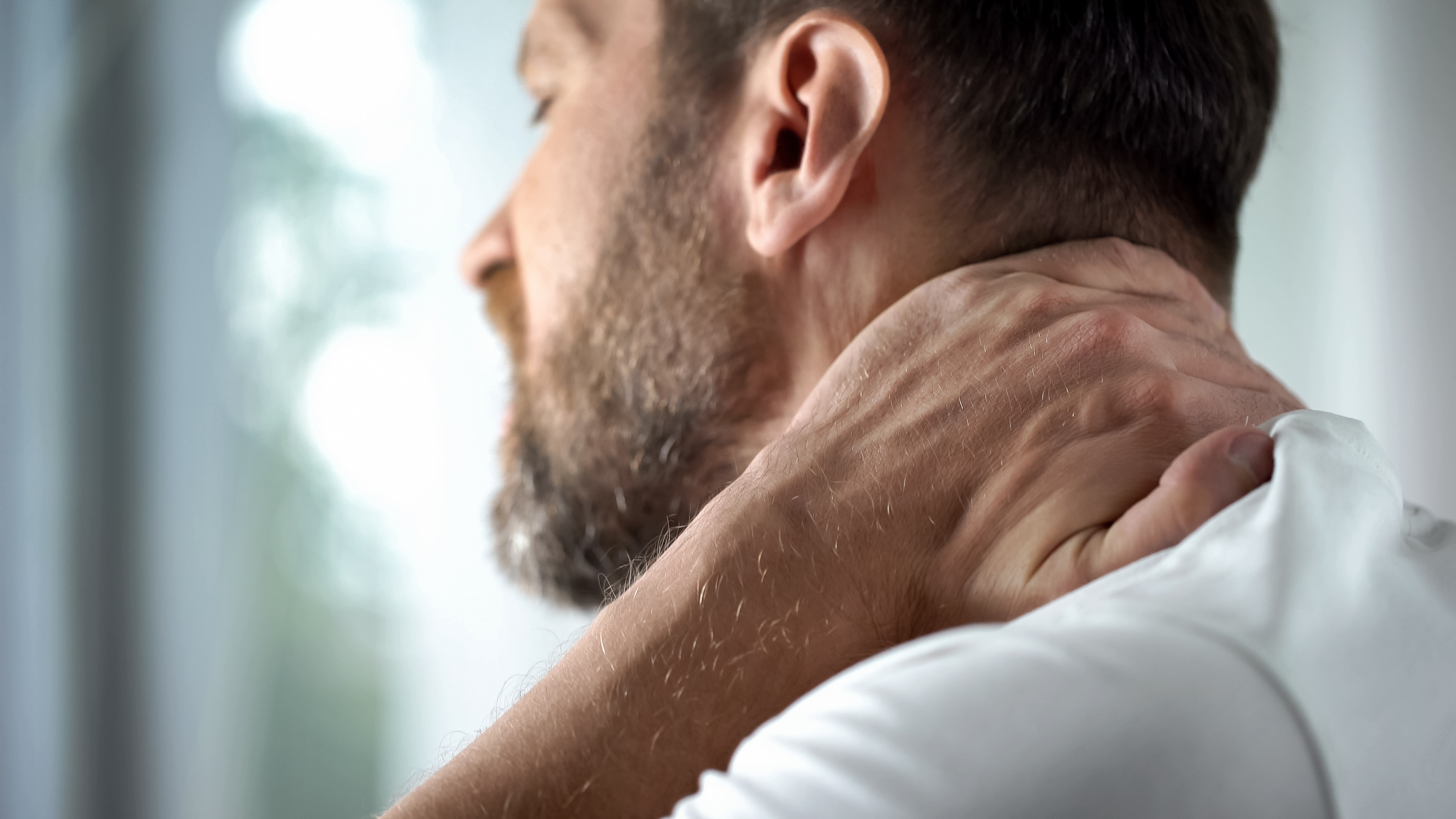
Cervical herniation occurs when one of the discs in the cervical spine (neck vertebrae) protrudes or leaks a gel-like substance outside of the disc. This usually happens when the inner part of the disc pushes outward through the outer part. Cervical herniation can lead to various types of pain in individuals' bodies. However, some patients may not experience any pain. In addition to pain symptoms, numbness or weakness in the arm and hand may also occur. Cervical herniation can result from muscle weakness, trauma, or neck injuries. Treatment methods include rest, exercise, physical therapy, and pain-relief medications. However, in more severe cases, surgical intervention may be necessary.

Marfan syndrome is a rare disease that primarily occurs due to genetic reasons and affects connective tissue. Connective tissue is an important structure that forms the supportive tissue in the body and holds organs together. Marfan syndrome arises from a mutation in the FBN1 gene, which encodes the protein fibrillin-1. This mutation can affect the elasticity and durability of connective tissue, leading to a range of systemic issues. Individuals with Marfan syndrome are typically tall, slender, and have long limbs. One of the most commonly affected areas is the cardiovascular system, where aneurysms and heart valve problems are frequently observed. Additionally, noticeable features may be present in the eyes, skeleton, and skin. The treatment of Marfan syndrome is prepared with input from multiple specialties, aiming to improve the patient's quality of life and manage symptoms
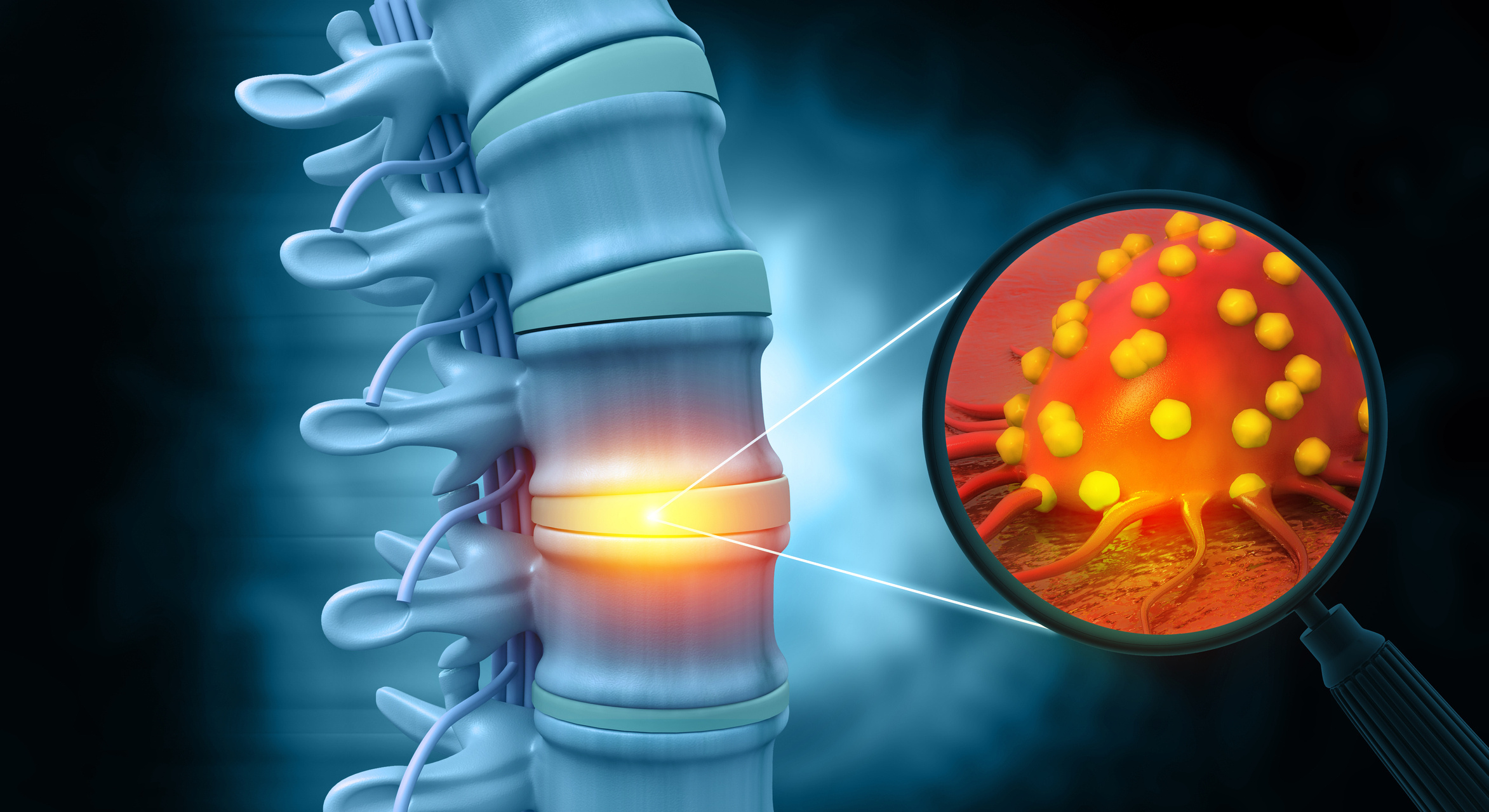
A tumor is a mass or swelling that arises from the uncontrolled division of body cells, resulting in growth within the affected tissue and/or organ. The cause of most bone tumors is unknown. As the tumor grows, it gradually spreads to healthy tissues, causing them to be replaced by abnormal tissues and weakening the bone, which can lead to pathological fractures. If necessary precautions are not taken, aggressive tumors can cause functional deficiencies within the organ system they develop in and may even threaten life by affecting the entire body's metabolism.
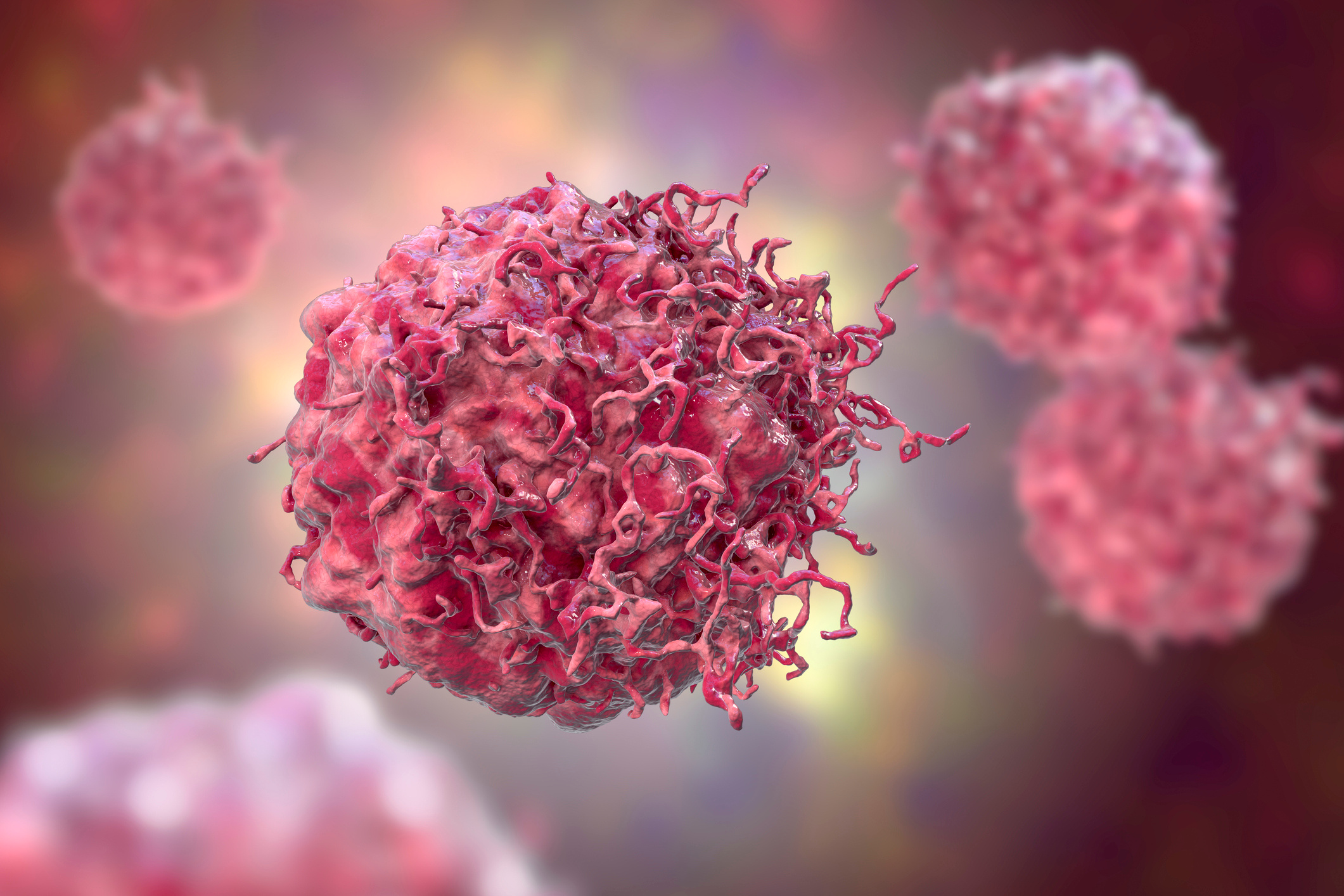
Soft tissue cancer, known in medical terms as sarcoma, is a type of malignant tumor that forms in connective tissues and is a rare type of cancer. Soft tissues are those that support, connect, or surround organs in the body, including muscle, blood vessels, nerves, tendons, and the inner lining of joints. Sarcomas can occur in childhood, young adults, and older adults. This cancer type may present as a lump or mass that can be felt in soft tissues. While sarcomas can occur anywhere in the body, they most commonly develop in the arms, legs, and abdominal region. These masses can be either painful or painless. A definitive diagnosis of soft tissue cancer is made through a biopsy, which helps determine the treatment plan. Depending on the progression of the disease, treatment options may include surgical interventions, radiation therapy, chemotherapy, or targeted therapy.

Many areas of the human body are conducive to tumor formation, one of which is the bones that cover a large part of the body. Tumors can arise from uncontrolled cell divisions occurring in the bones. If these tumors are malignant, it is referred to as bone cancer. The most common symptom of bone cancer is pain caused by the spread of the tumor or the fracture of a weakened bone due to a tumor. Additionally, there may be a feeling of stiffness and tenderness in the bone. Other symptoms such as fatigue, fever, swelling, and stumbling may also occur, but these can be caused by other conditions as well. The diagnosis of bone cancer is made through tests performed by a doctor.
Featured Cancer Articles
- 6 Nutrition Tips for Those Who Fast
- What is Disease X (Virus X)?
- How Does Cancer Form?
- What is an Ovarian Cyst?
- What is Cervical Cancer?
- What Are the Symptoms and Treatment Methods of Testicular Cancer?
- Symptoms, Diagnosis, and Treatment Process of Bladder Cancer
- Liver Cancer
- What is Stomach Cancer? What are Its Symptoms and Treatment?
- Thyroid: What is it, Symptoms, Diagnosis, and Treatment


